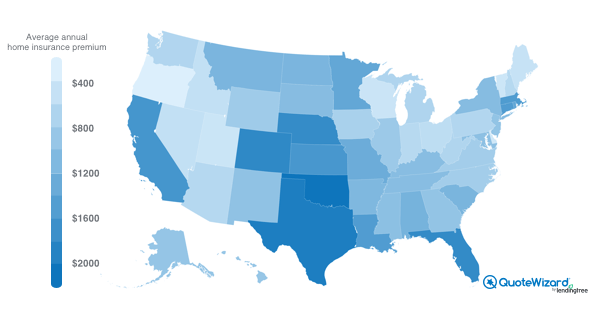
Catastrophic coverage is a type or health insurance that covers medical costs once your deductible has been met each calendar year. While it is more expensive than most other insurance plans, it will pay more for your medical bills. Because you get more benefits for your money, it is worth paying higher premiums.
Affordable health insurance plans can be cheaper than catastrophic coverage
A catastrophic plan is a type of insurance that covers medical expenses, but does not have a high deductible. These policies cover unexpected medical emergencies. A catastrophic plan's total out-of–pocket maximum is $8,000.00 for an individual in 2022, and $9.100 in 2023.
Catastrophic plans cannot be subvention-eligible, and are only available to a small number of exchange enrollees. These plans are not available in all areas and are not automatically offered to those under 30. In addition, less than one percent of exchange enrollees nationwide opt for a catastrophic plan each year. Only half of all enrollees in the exchanges will be on a catastrophic plan by 2022.

The cost of catastrophic insurance
For families with children, catastrophic health insurance can be very costly. This type of insurance has a high-deductible. A catastrophic insurance plan can often leave you with more than $7900 in medical bills. If you and your family need multiple medical services per year, a silver- or gold plan will save you money in the long term.
Before you commit to a catastrophic policy, it's important that you do your research. Know the average cost of a hospital visit and what you can expect to pay in monthly premiums. You can search the marketplaces of your state and federal health care providers to find out if you don't already have insurance. Know that catastrophic coverage will have a higher cost per month and a higher maximum deductible.
Benefits from catastrophic health insurance
Catastrophic healthcare insurance is a type insurance that can pay for unexpected medical expenses. These plans usually have low monthly premiums and high-deductibles. These plans are best for young and healthy people who do not require medical attention. These can be costly for seniors who require regular medical supervision.
This type of insurance covers all medical expenses. These plans will guarantee that members will get the minimum essential medical benefits. These benefits include certain preventive care services like vaccinations. These benefits include certain types of birth prevention and annual physicals.

Criteria to qualify for a hardship exclusion to purchase catastrophic healthcare insurance
A hardship exemption may allow you to purchase catastrophic insurance if your health insurance policy has been cancelled recently. This exemption allows people to purchase health insurance at prices below eight percent of their income. There are many reasons for qualifying for this exemption, including bankruptcy, eviction, foreclosure, and a variety of medical expenses. Unemployed people are not eligible for hardship exemptions. Catastrophic insurance can be more expensive than traditional insurance. However, you will still need to pay premiums and deductibles.
You can buy a Catastrophic Health Plan if you are under 30. However, if you're thirty or older and your income does not reach 8.09% of your annual income, you must file for an exemption. Once the application is completed, you will be able see your options on Pennie.